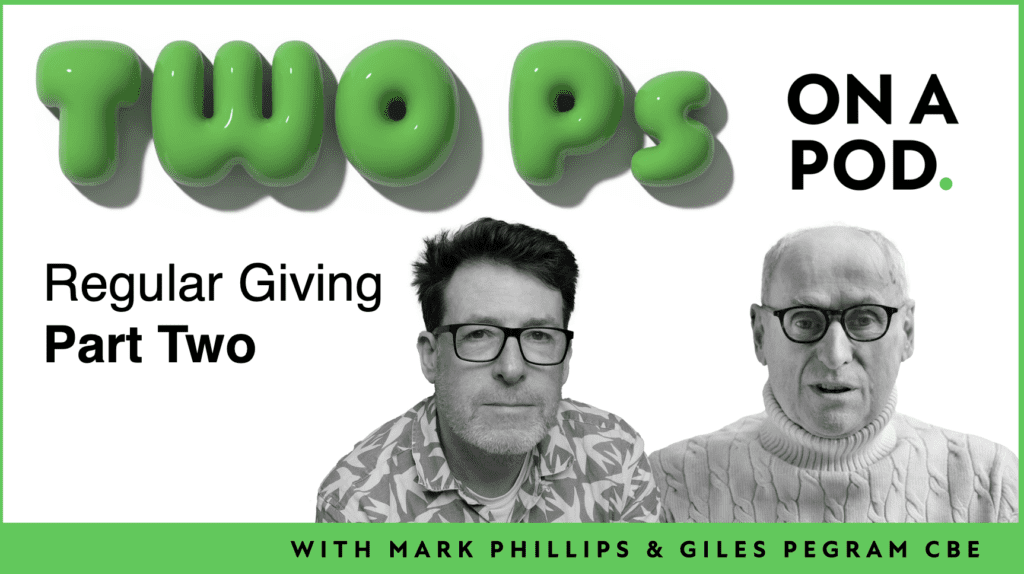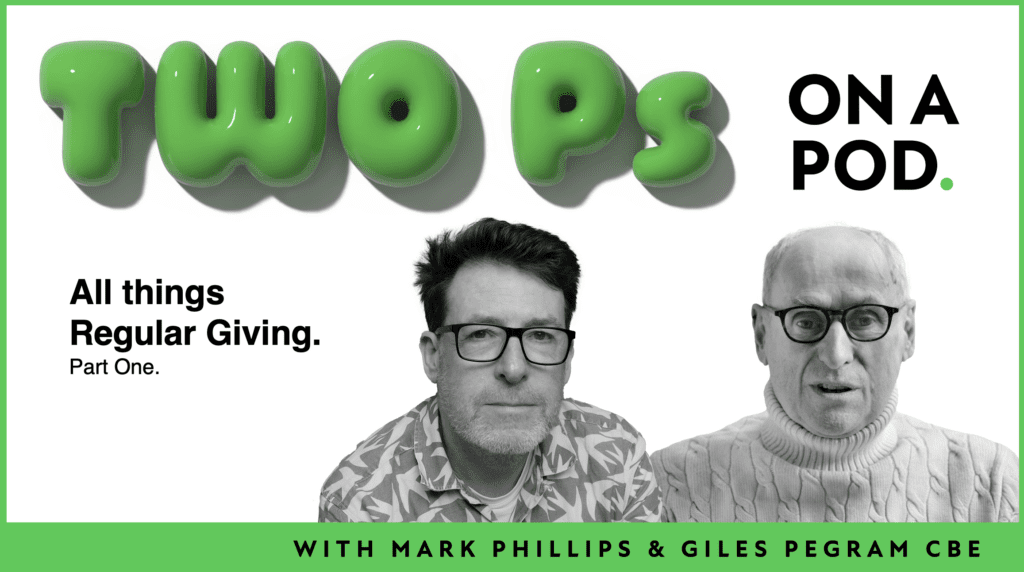More great ideas from before any of us were born
I picked up a copy of My Life in Advertising & Scientific Advertising a short while ago.
It was written in the 1920s by Claude Hopkins. Claude was an ad man who wasn’t too shabby at his craft. Back in 1907 he was earning $185,000 a year.
The book, based on analysis of thousands of advertising campaigns, contains his thoughts on what makes a great ad.
I couldn’t put it down.
As I turned the pages I soon came to realise that any fundraiser who decided to apply Claude’s principles to appeals would have a success on their hands. Take this example on producing a mail order ad:
“Mail order advertising is a profitable study. Note it’s economy of space. It is nearly always set in small type. That is because thousands of tests have proved larger type wasteful. All pictures have a selling value. None are used for decoration.
Take a profitable mail-order ad and set it in twice the space. Use larger type, more decorations or a border. You will get an ad which looks more attractive, but you will double the cost of replies and sales.
This fact should be accepted, for this economy principle, after thousands of tests on hundreds of lines, has become practically universal. And it proves that waste of space is folly in any line of advertising. That includes large type, or borders, or pictures that don’t help to sell. All ads would be set like good mail-order ads if the same rigid tests were applied.
That is the hardest fact for an ad writer to learn or an advertiser to comprehend. The natural instinct is to make the ad attractive. One must remember, however, ads are not written to amuse, but to sell. And to sell at the lowest cost possible.”
And this example on headlines:
“An automobile ad might refer in the headline to a good universal joint. It might fall flat, because so few buyers think of universal joints. The same ad with a headline, “The Sportiest of Sport Bodies,” might out pull the other by fifty to one.
This is enough to suggest the importance of headlines. Anyone who keys ads (records response data) will be amazed at the difference. The appeals we like best will rarely prove best, because we do not know enough people to average up their desires. So we learn on each line by experiment.
But back of all lie fixed principles. You are presenting an ad to millions. Among them is a percentage, small or large, whom you hope to interest. Go after that percentage and try to strike a chord that responds. If you are advertising corsets, men and children don’t interest you. If you are advertising cigars, you have no use for non-smokers…
…Don’t think that those millions will read your ads to find out if your product interests. They will decide by a glance–by your headline or your pictures. Address the people you seek, and them only.”
Evolution is a powerful force, but from what I’ve read in Claude’s book, people haven’t changed much at all over the last hundred years.
Add it to your Christmas list.
Tags In
Related Posts
1 Comment
Comments are closed.
The Essentials

Crack the Code to Regular Giving: Insights, Strategies, and a Special Giveaway!

‘Tis Halloween. Keep to the light and beware the Four Fundraisers of the Apocalypse!

Why do people give? The Donor Participation Project with Louis Diez.

A guide to fundraising on the back of a postcard

What does the latest research tell us about the state of fundraising?






I made Scientific Advertising available free on my website http://www.scientificadvertising.blogspot.com several years ago and since then 1,000’s of people from around the world have read it…make sure you read it as well sometime soon.